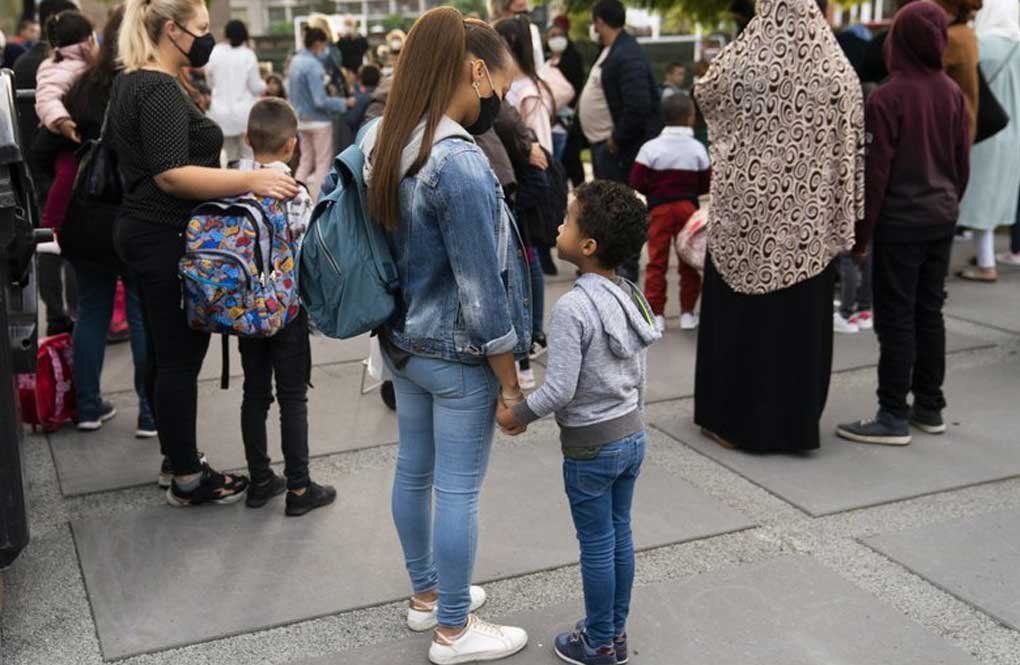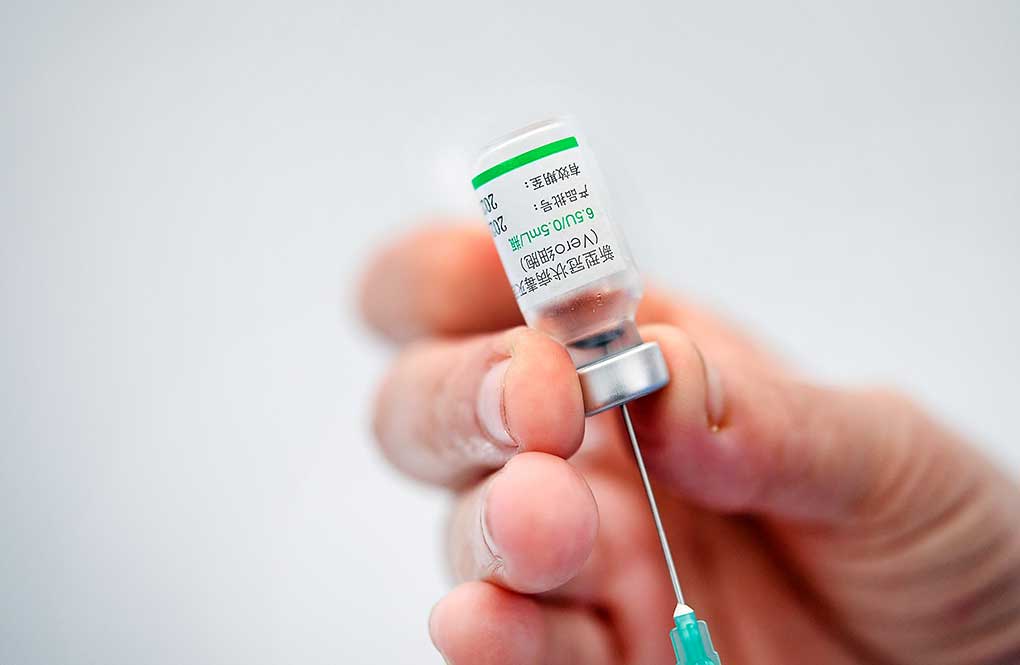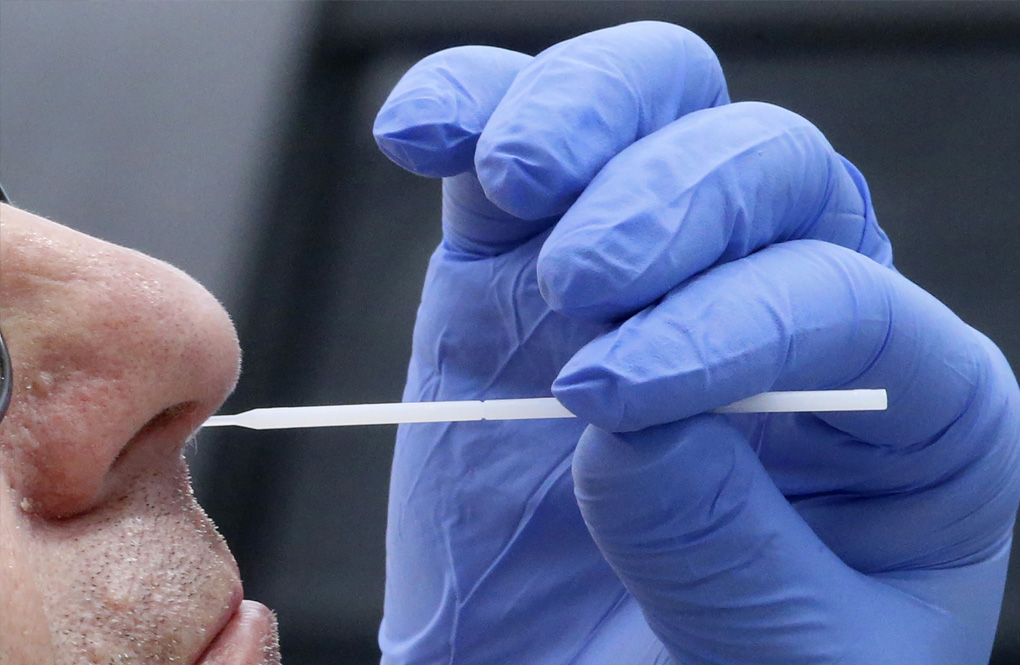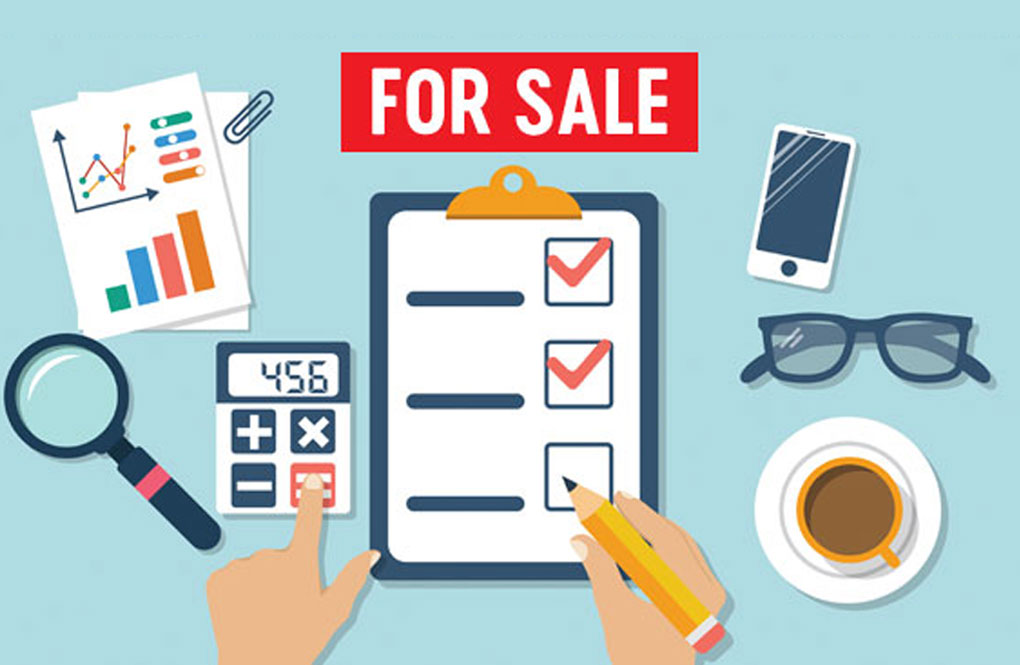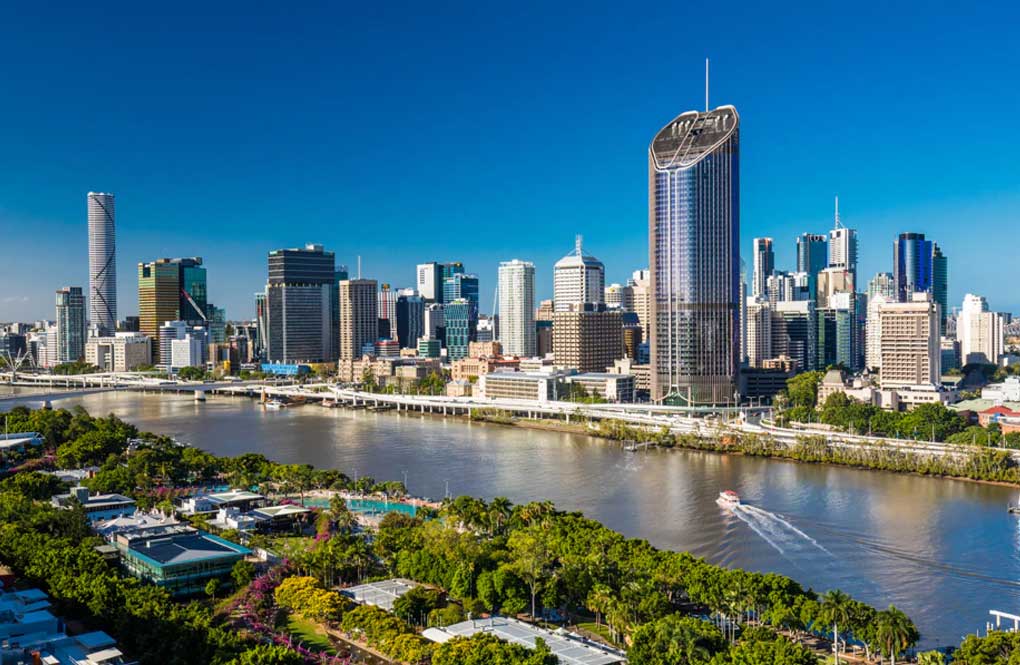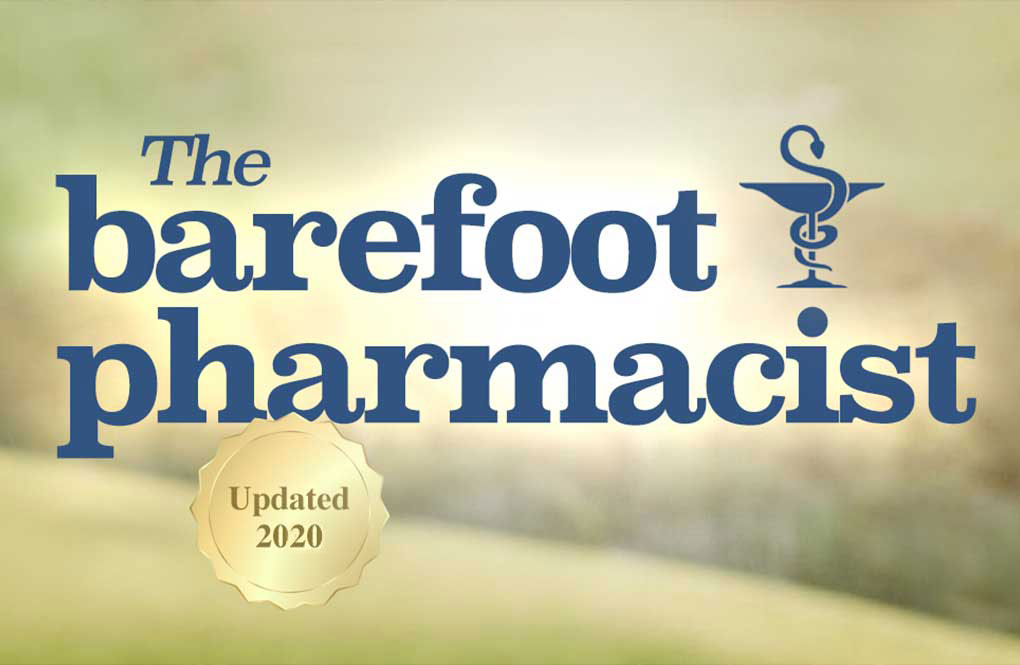PARIS (AP) — Tugging on their masks or dashing to hug long-unseen friends, millions of children returned to school across Europe and beyond Tuesday in a mass experiment aimed at bridging inequalities and resuscitating economies — despite the coronavirus pandemic.
The virus threat lurked as children kissed their parents goodbye in France, shyly greeted their teachers in Jordan and Israel, settled into spaced-out desks in England and raised their hands in Russia just as infections there surpassed the 1 million mark.
While acknowledging “a bit of fear,” Jerome Continent brought his first-grader Baptiste to school Tuesday in the Paris suburb of Roissy-en-Brie, where the buzz of first-day excitement was even more intense than usual after the coronavirus outbreak upended the previous school year.
“I know we are being careful,” he said. “The children also have to live.”
With France reporting thousands of new infections daily — more than any of its neighbors — all French schoolchildren 11 and over must wear masks all day. Similar rules are in place in Balkan countries, while others are more lax about masks. Some classrooms look starkly different now, with plastic shields around desks and virus warning signs plastered everywhere.
While many U.S. school districts started class online only and others have introduced a mix of online and face-to-face learning, in-person class is the norm as Europe goes back to school. Governments are trying to show that life goes on despite a virus that has infected at least 25 million people worldwide and killed more than 850,000.
In Britain, Education Secretary Gavin Williamson sent a letter to parents saying school “really is the best place for them to be. Nothing can match being in a classroom with a real teacher to inspire them.”
Hundreds of thousands of British schoolchildren are heading to classrooms this week, with parents facing fines if they refuse to send their kids back. To reduce contact, schools are staggering break times and keeping pupils in “bubbles” with their class.
The World Health Organization acknowledged Monday that while the virus remains a threat, school closures have hurt children’s mental health and social development, especially those from low-income families, with disabilities or who are in an abusive home environment.
“We cannot let children become the hidden victims of this pandemic by denying them the opportunities they so fundamentally deserve,” WHO Europe said.
Medical experts say the risk of opening schools depends on how widespread COVID-19 infections are in the community and what safety measures are taken. Evidence suggests young children don’t spread the disease very easily, while kids aged 10 and up may transmit as much as adults. WHO says children 6-to-11 should wear masks when they cannot social distance, and those 12 and older should wear masks as often as adults.
“Am I scared? Of course,” said Alma Alispahic, an elementary school teacher in the Bosnian capital of Sarajevo. “’The responsibility is huge, for the school, and for us, as well as for parents.”
Unlike the U.S., many European schools reopened partially at the end of the last term. Hand gel dispensers are now a familiar sight to children of any age.
Giggles and shouts rang out Tuesday at an elementary school in Brussels, Belgium as kids rediscovered swing sets and posed for first-day selfies with proud parents. One plopped a lunch on his desk, another hung up a Mickey Mouse backpack and then their class gathered in a circle around their new teacher.
“I have a good feeling about today,” said Faouzia Hariche, Brussels alderwoman in charge of education. “I can see that children are happy to return to school, teachers are all present, so we will try to organize things in the most natural way possible.”
In Germany, where children started returning to school weeks ago, thousands of students and teachers have gone into quarantine after virus outbreaks. But most are going to class regularly, and authorities have largely avoided shutting down entire schools. The government insists on learning to live with the pandemic as it drags on.
Greek authorities are delaying school reopenings by a week until Sept. 14, to let people returning from summer holidays make sure they have not contracted COVID-19.
And in Serbia, the complicated reopening system has frustrated working parents. Still, about 95% of parents sent their children back anyway, and health authorities said they will evaluate the school situation every 15 days.
In Estonia, back-to-school day looked almost normal, with students wearing neat school uniforms and bringing flowers to teachers. As in many former Soviet republics, Sept. 1 marks a national day to celebrate education, with musical performances and speeches — and this year was no exception.
Schools remain closed in most of Africa and several Asian countries, but have resumed elsewhere — notably in China, following two weeks without new cases of local transmission in the country where the pandemic originated.
In Amman, Jordan, elementary school student Reem Osama smiled Tuesday as she explained how she will face the new year.
“My mom told me not to give anyone my wipes or food or water, and not to get close to anyone, for corona not to come,” she said.
(AP)

